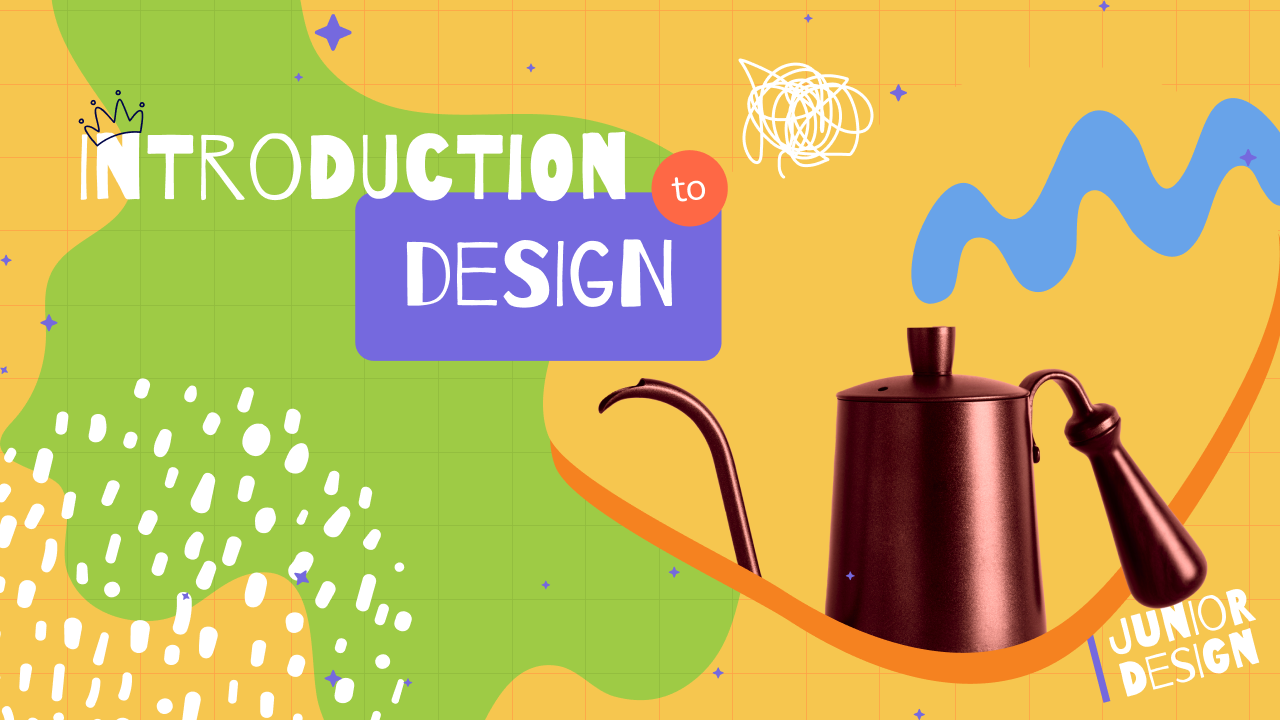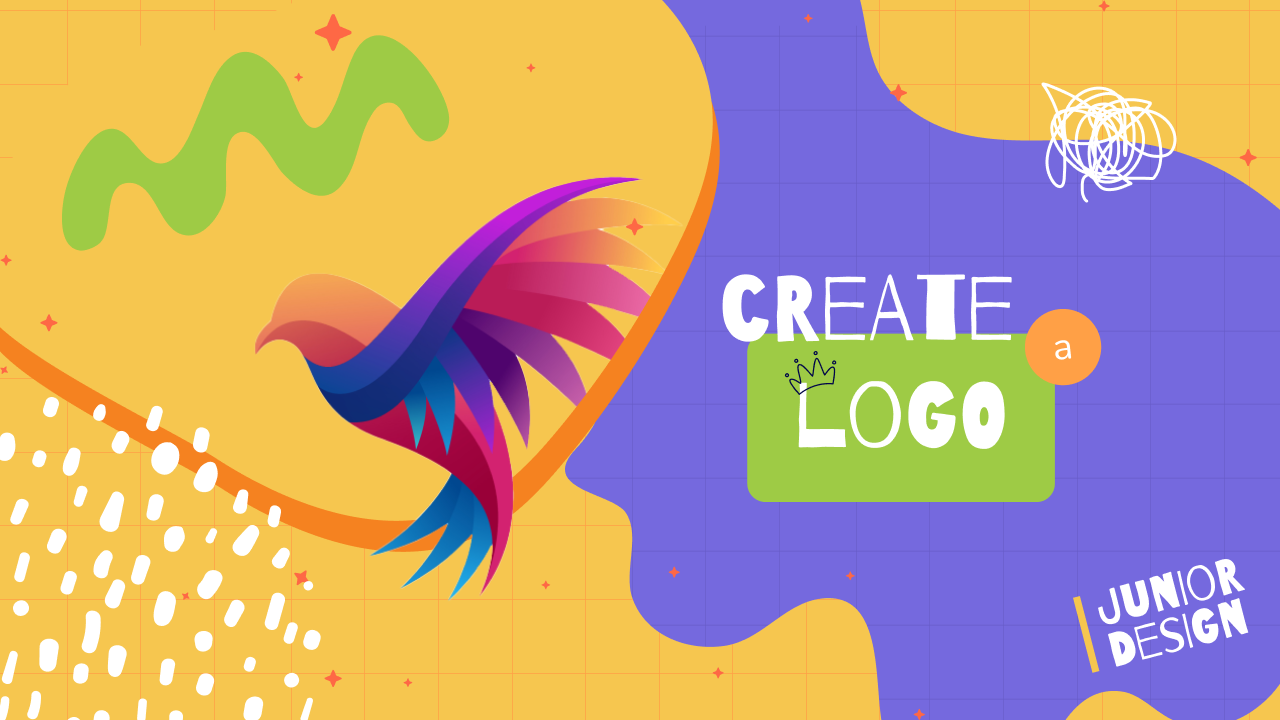Design Thinking for kids
What is Design Thinking?
Design thinking is a process that involves understanding the needs of users, challenging assumptions, and redefining problems to identify alternative strategies and solutions.
- empathize,
- define,
- ideate,
- prototype,
- test.
Who invented Design Thinking?
Why Simplify Design Thinking for Kids?
Teaching design thinking to children can have profound benefits. Simplifying the process makes it accessible and engaging for young minds, helping them develop critical thinking, creativity, and problem-solving skills from an early age.
Here’s why it’s valuable to introduce design thinking to kids:
Encourages Creative Confidence
Children naturally possess a creative spark. Design thinking nurtures this creativity, giving kids the confidence to express their ideas and think outside the box.
Develops Problem-Solving Skills
By learning design thinking, children become adept at identifying problems and brainstorming multiple solutions. This skill is invaluable, not just academically but in everyday life.
Promotes Collaboration
Design thinking often involves group work, teaching kids the importance of teamwork, communication, and empathy. They learn to value different perspectives and work together to achieve common goals.
Enhances Resilience
The iterative nature of design thinking teaches children that failure is a part of the learning process. They understand that it’s okay to make mistakes and that perseverance leads to success.
How Design Thinking Works for Kids
When adapting design thinking for children, it’s essential to simplify the process while keeping it engaging. Here’s how you can introduce the concept to kids, focusing on three main steps: Learn, Imagine, Do.
Step 1: Learn
In this phase, children learn about the problem they need to solve. This involves:
- Empathy: Encourage kids to understand the needs and feelings of the people affected by the problem. This could be done through storytelling, interviews, or role-playing activities.
- Define: Help them articulate the problem clearly. What exactly needs to be solved? Why is it important?
Step 2: Imagine
Here, creativity takes center stage. Children brainstorm ideas and come up with potential solutions. Key activities include:
- Brainstorming Sessions: Create a fun and open environment where kids feel free to share all their ideas, no matter how wild they might seem.
- Sketching and Prototyping: Let children draw their ideas or create simple prototypes using materials like clay, cardboard, or LEGO bricks.
Step 3: Do
This phase involves turning ideas into reality and testing them out. Activities include:
- Building Prototypes: Kids create more refined versions of their solutions, focusing on making them functional.
- Testing and Feedback: Encourage children to test their prototypes and gather feedback. They learn to iterate based on this feedback, improving their designs.
Working Individually or in Groups
Design thinking can be adapted for both individual and group activities. Individual work allows children to develop their ideas independently, fostering self-reliance and personal creativity. Group activities, on the other hand, teach collaboration, communication, and the value of diverse perspectives.
Individual project
For individual projects, provide kids with opportunities to explore their interests and passions. This could be through personal challenges or self-initiated projects.
Group project
Group projects can be incredibly enriching. Assign roles to ensure that each child contributes and learns to value teamwork. Group brainstorming sessions and collaborative prototyping can lead to innovative and well-rounded solutions.
Design thinking is a human-centered approach to innovation that draws from the designer's toolkit to integrate the needs of people, the possibilities of technology, and the requirements for business success.
Introducing design thinking to children opens up a world of possibilities. It equips them with the tools to tackle problems creatively and effectively, fostering skills that will serve them throughout their lives.
By simplifying the process and making it fun, we can inspire the next generation of innovators and problem-solvers. So, let’s embark on this exciting journey of learning, imagining, and doing with our young designers!






